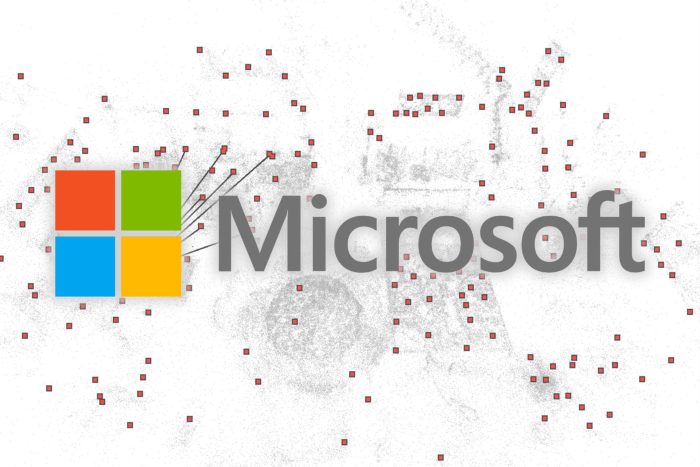Scene Landmark Detection might soon improve Camera Localization
Microsoft might soon improve AR using camera localization features
2 min. read
Published on
Read our disclosure page to find out how can you help Windows Report sustain the editorial team Read more

Soon, Camera Localization might get some improvements based on Scene Landmark Detection, according to Microsoft research.
So, we might see some new updates for AR, robotics, and navigation in general. In addition, unlike the older camera localization methods, the new one should be faster. Also, the new method should preserve your privacy and require a smaller storage.
How will the new Scene Landmark Detection method work?
The new method based on Scene Landmark Detection is to train a convolutional neural network (CNN) to establish the position and orientation of the camera. However, trainers need a SLD with a strong processor to face its limitations.
After all, the model they use needs to be fixed with accuracy and power. On top of that, it has noisy training labels. In addition, it requires more data about its environment to adapt to dynamic and unfamiliar settings.
To fix the limitations, researchers decided to use multiple networks and train each on a subgroup of landmarks. Additionally, researchers might also use scene-specific 3D points with pre-defined landmarks.
In addition, researchers are thinking of changing the architecture of their prototype based on Scene Landmark Detection. With it, they hope to improve its proficiency and memory efficiency. On top of that, researchers managed to reduce its storage needs. Also, they improved the model’s accuracy to match the 3D structure-based methods on the INDOOR-6 dataset.
In a nutshell, the method based on Scene Landmark Detection to improve the Camera Localization looks promising. In addition, the models might soon adapt to dynamic and unfamiliar environments. Soon, we might see a better version of this model in future AR technologies or devices meant to help people do their daily tasks. Also, Microsoft cars could use an updated version of the SLD model. However, the model is not well suited for real-time applications and needs some work to get there.
If you want to learn more about the research check this GitHub article.
What are your thoughts? Do you think that the new method based on Scene Landmark Detection will improve the Camera localization? Let us know in the comments.








